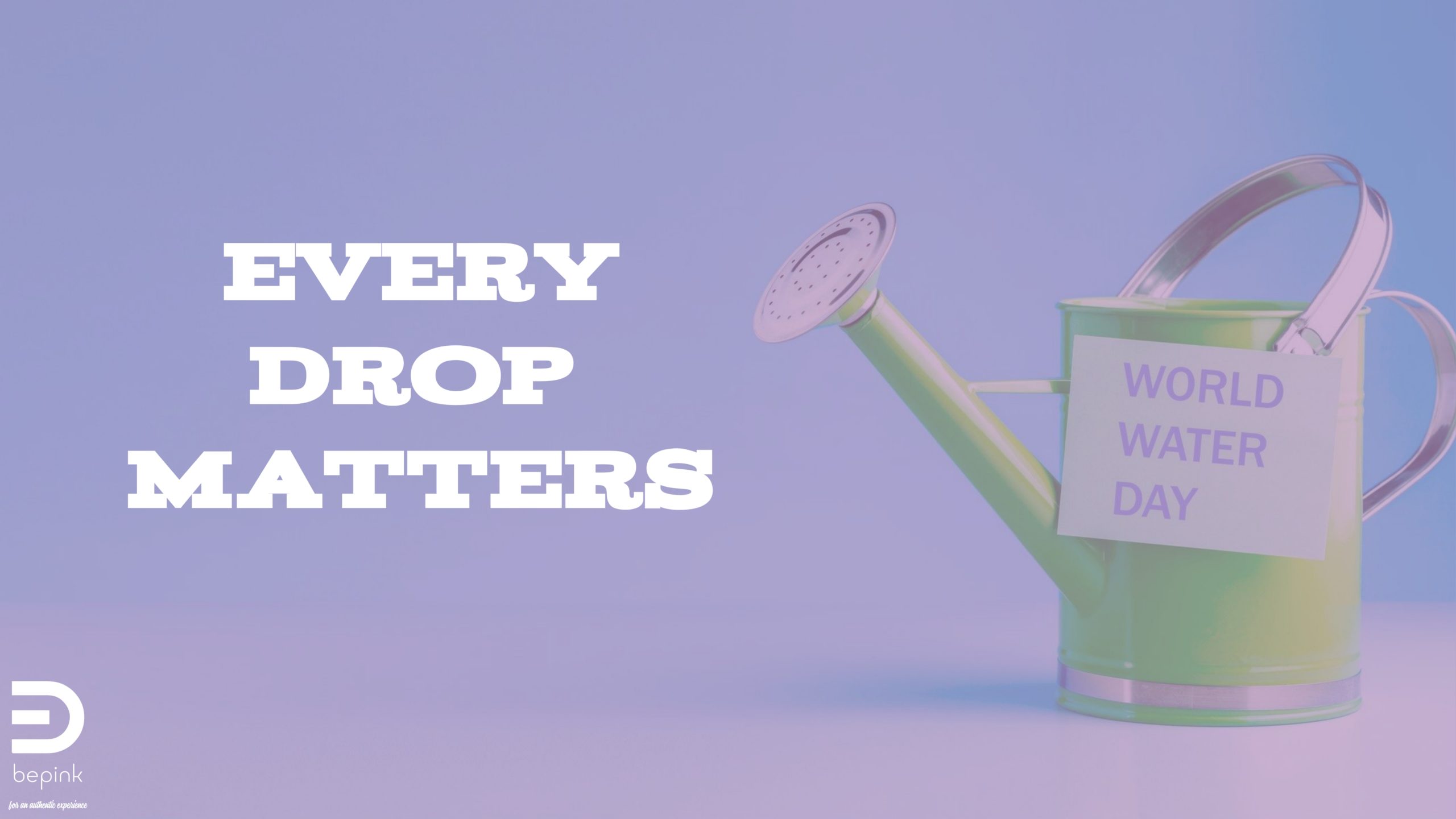On the occasion of World Water Day, let’s try to talk about how much climate change is affecting the hydrological cycle. In the last 70 years, in Italy, there has been a statistically significant increase in areas affected by extreme drought; in the Po basin, for example, it hasn’t rained insistently and lastingly for over 400 days and if the rains don’t arrive in spring, we could reach levels worse than in 2022, when the summer drought caused 6 billion of damage to agriculture.
In our country, the estimate of average annual water availability for the last thirty years (about 133 billion of cubic meters) has recorded a reduction of 20% compared to the period 1921-1950 (about 166 billion of cubic meters). Clear signs are also found in the urban context: in the 21 capital cities of the region there is, compared to the reference thirty-year period 1971-2000, an increase in the average temperature of the decade 2011-2020 of +1.3°C and a decrease in precipitation of 2020 equal to -91mm (15 cities affected by a negative anomaly).
The causes of water crises can be traced back both to the climate crisis and to factors of vulnerability that characterize the Italian water sector.
To face the challenges that the future imposes on us, we must therefore adopt an operational strategy that combines short-term measures, mainly oriented towards minimizing impacts and inconvenience to the population, with medium-long term interventions, aimed at improving the resilience of water supply. In fact, Utilitalia has estimated that to deal with the effects of the climate crisis, managers will invest around 10 billion euros in the coming years, for a total volume of water recovered equal to approximately 620 million cubic metres.
In the five-year period 2015-2019, the main sectors of use withdrew approximately 30.4 billion cubic meters in total, of which 56% for irrigation, 31% for civil use and 13% for the industrial manufacturing sector. The efficiency of the water resource will inevitably pass through the improvement of the systems for monitoring water withdrawals for civil, industrial and irrigation uses and correct management of the governance of the service.
As evidence of this need, it should be noted that investments in the water sector are growing, albeit with differences according to the types of management and areas of the country. In 2021 the interventions carried out by industrial managers amounted to 56 euros per inhabitant, an increase compared to 2020 (at the time it was 54 euros per inhabitant). The growth trend, which began in 2012 (+70%), also seems to be confirmed for the two-year period 2022-2023, for which per capita investments are estimated at 63 euros per inhabitant. The per capita investments of management in the economy in the five-year period 2016-2021 are instead fixed at 8 euros per inhabitant. However, all values are still below the five-year European average which, in 2021, was equal to 82 euros per inhabitant.

The water service quality indicators also show an improvement with regard to data on network leaks (from around 44% in 2016 to 41% in 2021), or on the frequency of flooding and/or sewerage spills (from 12 every 100 km of network in 2016 to 5 in 2021), and seem to testify to the effectiveness of the general increase in investments observed in recent years. However, the quality levels differ by geographical area, with critical values most often referring to the South, giving rise to the so-called water service divide: for example, the number of service interruptions in the South are two orders of magnitude higher than in the North o network losses which in the southern regions amounted to around 47% in 2021 (31% in the North-West in the same year).
In this context, the NPRR, with a volume of resources made available equal to approximately 4 billion euros, represents an essential tool for encouraging investments and proposing reform actions aimed at improving governance in the sector. Sector governance that will have to adopt a preventive approach in water management, where Rally, Recovery, Reuse, Recovery and Reduction constitute the necessary actions for the circularity of the resource and the security of supply.
The need to incorporate climate considerations into our culture demonstrates seriousness in tackling the issue of climate change and highlights how the combination of factors that concern, not only the efficient use of the resource, but also the creation of modern infrastructures, allow the diversification of procurement strategy and, last but not least, the overcoming of management and governance critical issues that are currently holding back the development of the sector and reducing the quality of service in some areas of the country.
Source: Blue Book 2023 – Fondazione Utilitatis & Utilitaria Federazione Utilities

